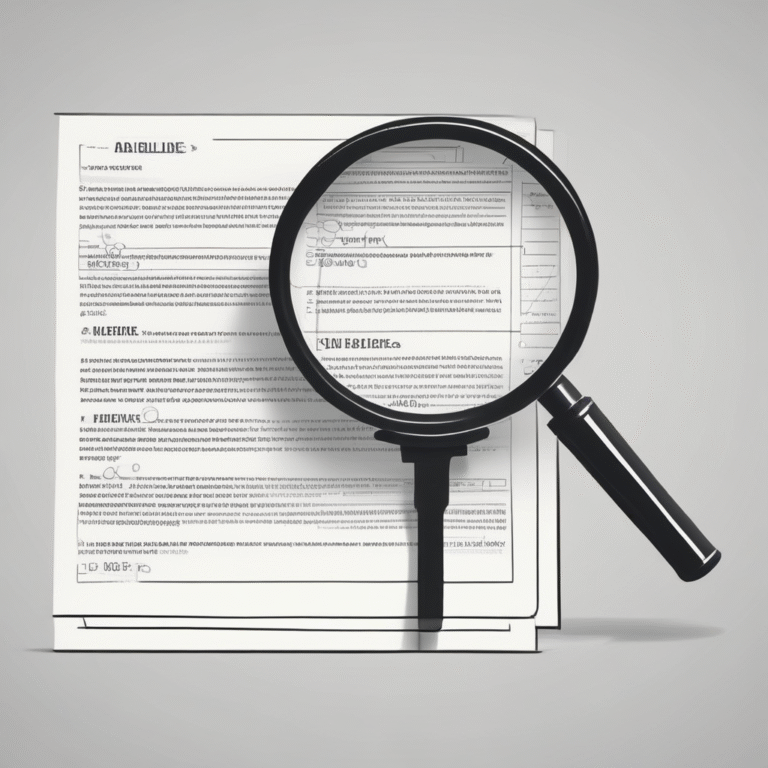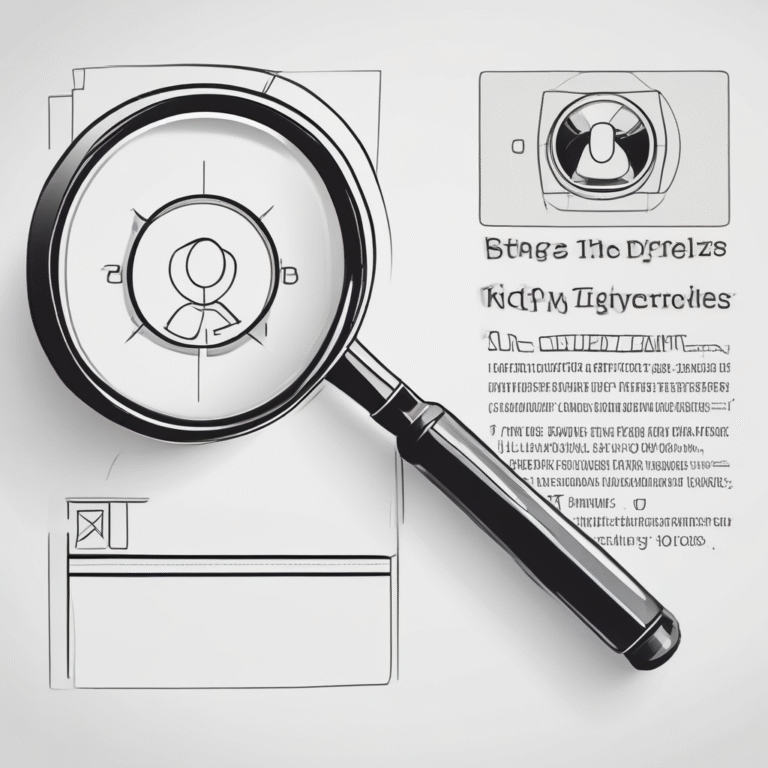Understanding the EU AI Act: A Wake-Up Call for Businesses
The EU AI Act is set to become a binding legal requirement for businesses across Europe, with enforcement commencing on February 6, 2025. This legislation aims to impose harmonized regulatory regimes on AI systems within the EU, marking a pivotal moment for AI development and regulation.
Key Provisions of the EU AI Act
The Act categorizes AI use cases into four distinct risk classifications: unacceptable risk, high risk, limited risk, and minimal risk. Businesses that fail to comply with the regulations can expect penalties ranging from 4-7% of their annual global turnover.
This consumer protection law is not just another regulatory hurdle; it serves as a wake-up call for business leaders to assess their firm’s AI readiness. The time for experimentation is over, and companies must now define their risk appetite and align their AI implementation with a clear strategic vision.
Challenges Faced by Organizations
According to data, an alarming 72% of executives report that their organizations are not prepared for AI regulation. They face challenges like an evolving regulatory landscape, the absence of clear standards, equitable access to infrastructure, and the rapid pace of innovation.
Implications for Business Practices
As the enforcement date approaches, business leaders must prepare their workforce for the upcoming changes. AI literacy will be crucial, as employees need to be trained on AI to navigate the new requirements effectively. The Act encourages organizations to move away from prohibited use cases and toward responsible AI practices.
Future Outlook
From February 2, 2025, the rules on prohibited AI systems will come into force, marking a significant shift in how businesses operate. Companies will need to ensure their workforce is not only compliant but also equipped with the skills necessary to foster an AI-driven culture.
Additionally, by August 2, 2025, national supervisory authorities will gain the power to enforce these provisions, emphasizing the importance of compliance at all organizational levels.
Looking ahead, the end of April 2025 is another crucial milestone, as the final Code of Practice for General Purpose AI models is expected to be published by the European Commission. Businesses must use this time to collaborate with AI model providers to ensure responsible AI deployment.
Conclusion
The EU AI Act presents both challenges and opportunities for businesses across Europe. While some may view the regulations as stifling, the reality is that they provide the necessary guardrails for responsible AI scaling and experimentation. By embracing these changes, organizations can position themselves for success in an increasingly regulated landscape.










